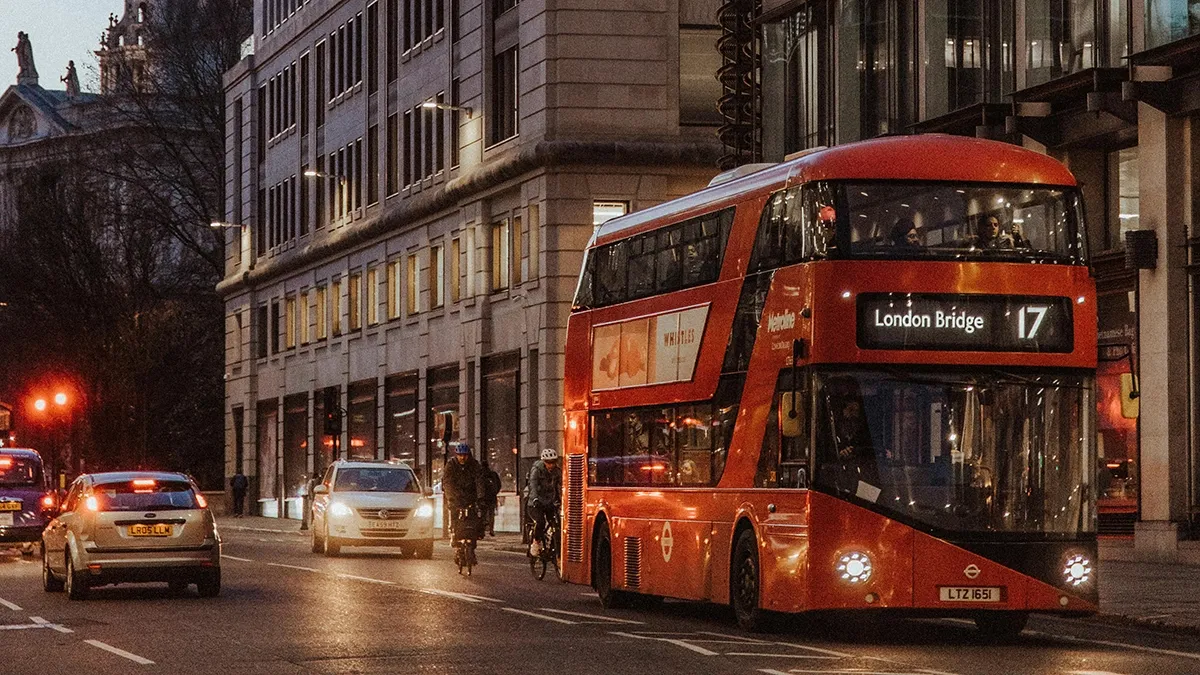If you've ever stood at a rainy London bus stop, staring hopefully down the road for a 38 or a 149, you’ve probably wondered—how on earth do these buses get their numbers? Is it random? Is there a master plan? And why do some buses feel famous?
Let’s take a light-hearted look behind the scenes of London’s iconic red buses—and why these numbers mean a lot more than just transport logistics (especially if you're in the business of bus advertising).
It’s (Sort of) Organised Chaos
Believe it or not, there is a method to the madness. London’s bus numbering system dates back over a century, and originally, numbers were handed out in a pretty logical way. Early on, routes were managed by different bus operators. To keep things from descending into total confusion, each operator had a series of numbers assigned to them. When London Transport took control in 1934, the numbering system was tidied up—but not entirely reinvented.
Today, the Transport for London (TfL) system still follows some general principles:
- 1–99: These are typically central London routes (like the 11, which takes you from Fulham to Liverpool Street via all the major tourist spots).
- 100–199: These tend to serve inner London.
- 200–299: More outer London areas, particularly in the south.
- 300–699: Local or orbital routes that avoid the centre.
- 900s: These are mostly school routes.
Of course, there are exceptions. This is London, after all.
The Curious Case of the Number 25
Some bus numbers become famous in their own right. The Number 25, for instance, used to be the busiest bus route in the capital, ferrying commuters between Ilford and Oxford Circus. Likewise, the Number 11 is often cited as a cheaper alternative to a sightseeing tour—it rolls right past Big Ben, Westminster Abbey and St Paul's.
So if you’re planning to advertise on a London bus, remember: the route number you choose can carry real cultural weight.
What About the Letters?
Then there are the letter prefixes—routes like N8, W3, or C2.
- N = Night service
- W = Walthamstow area
- C = Central
- E = Ealing
- H = Harrow
- And so on…
These local identifiers help distinguish buses that serve overlapping areas. For advertisers, they’re a handy shortcut to knowing where your message will be seen. Want to reach night owls? Go with an N-route. Want to dominate north-west London? The H’s are your friend.

Why Bus Numbers Matter for Your Brand
Okay, so this might all sound like bus trivia (and to be fair—it is), but there’s serious strategy behind it too. If you’re looking to advertise on a red London bus, understanding the network helps you target the right audience at the right time.
For instance:
- A campaign on the 73 or 38 is likely to reach young professionals commuting into town.
- Route 25 passes through East London’s diverse communities—perfect for multicultural brands.
- An N-series bus might suit nightlife promotions or takeaway apps.
- And if you really want to make a splash, a bus wrap on an iconic route like the 11 delivers maximum eyeballs in tourist hotspots.
Explore our bus advertising formats to see how different options can work with the route you choose—whether you want bus wraps, sides, rears or even interior ads.
So… Who Actually Decides the Numbers?
Ultimately, it’s TfL that manages the numbering, occasionally tweaking routes, reassigning numbers, or retiring old ones when routes are scrapped. But they’re not just picking numbers out of a hat. Heritage, logic and geography all come into play.
And while TfL are the number crunchers, we’re the brand matchmakers—helping you find the perfect route (and audience) for your next campaign.
All Aboard the Number You Need
Whether it’s the cult-classic 11, the reliable 149, or the late-night N55—every bus number has a story, and every story offers a platform for your brand.
Ready to pick your number and hit the road? Contact us to find the ideal route and format for your next campaign.
